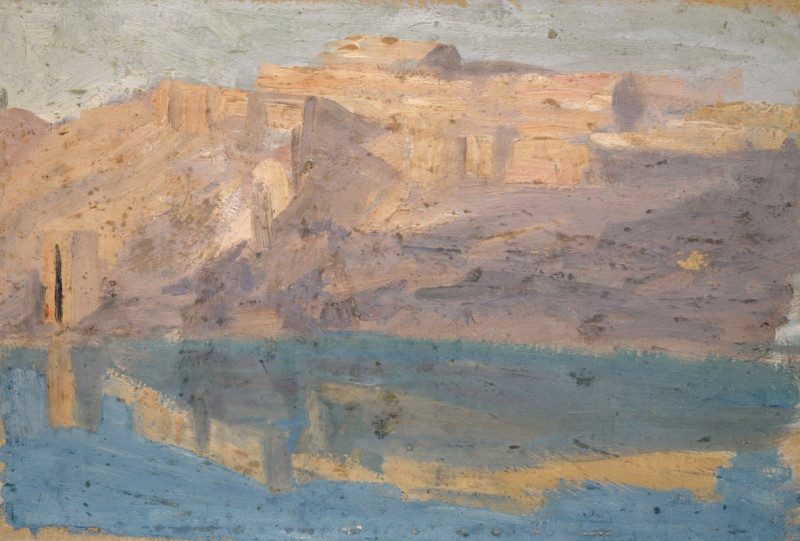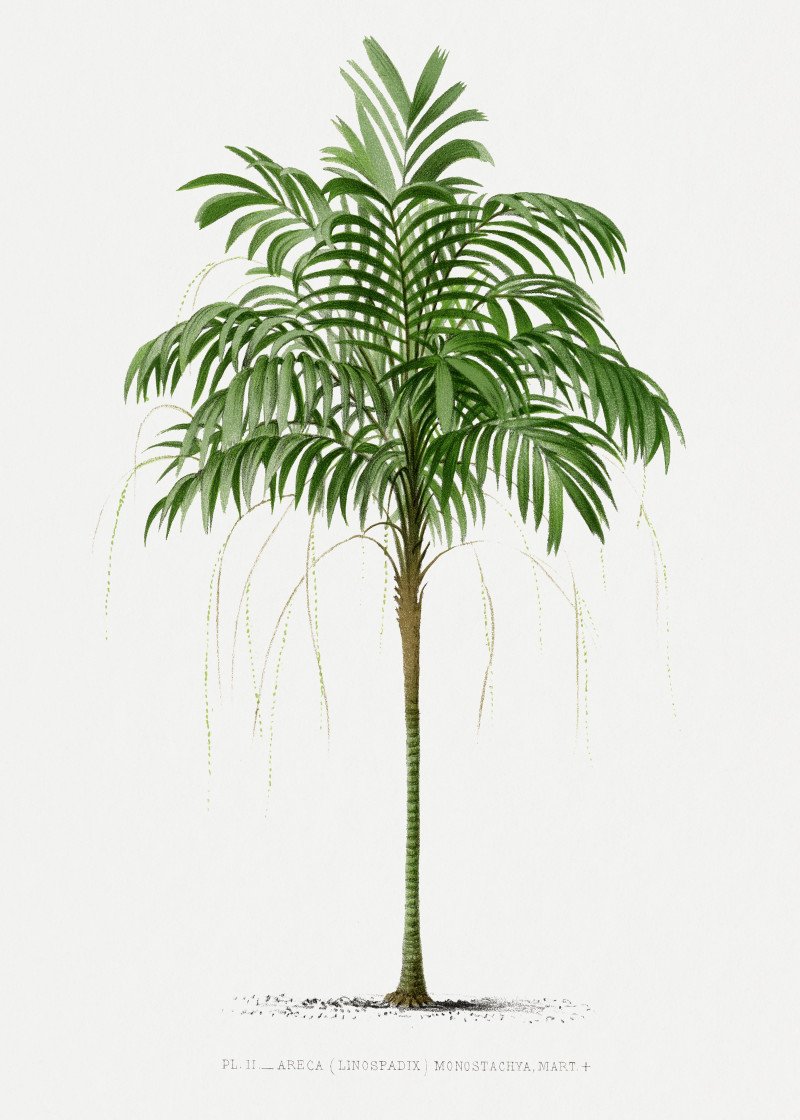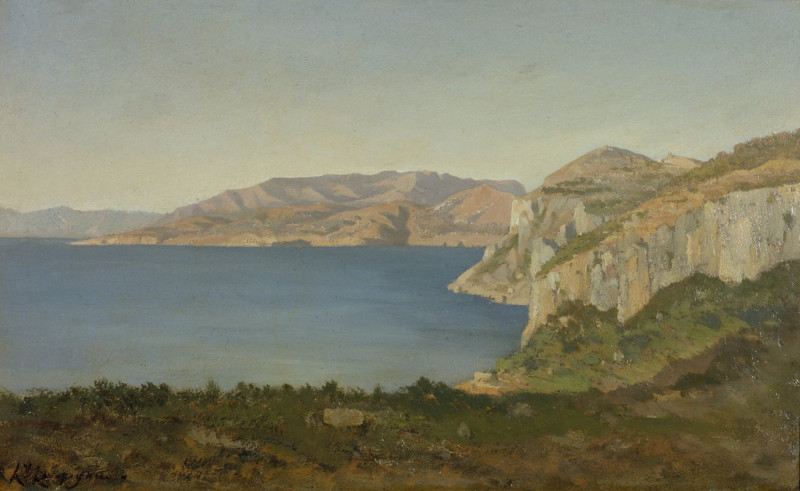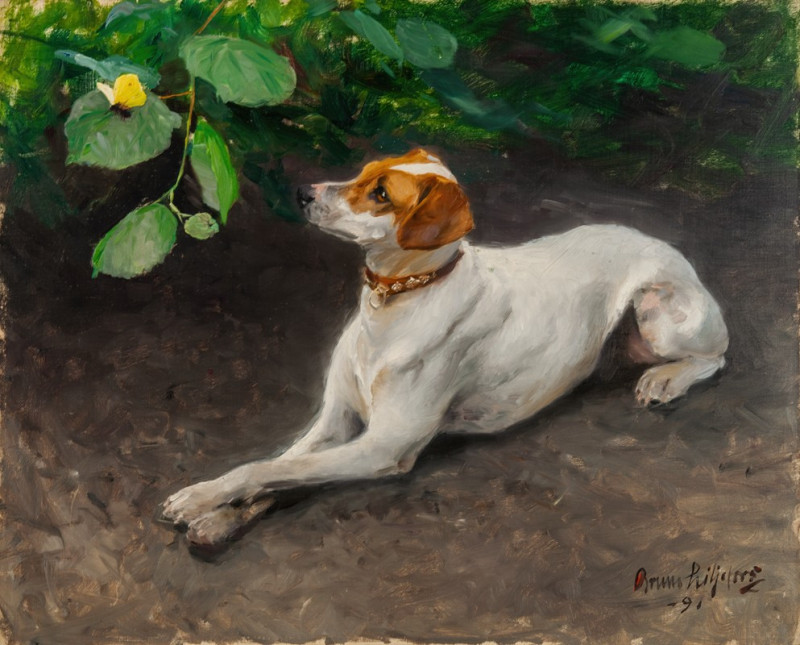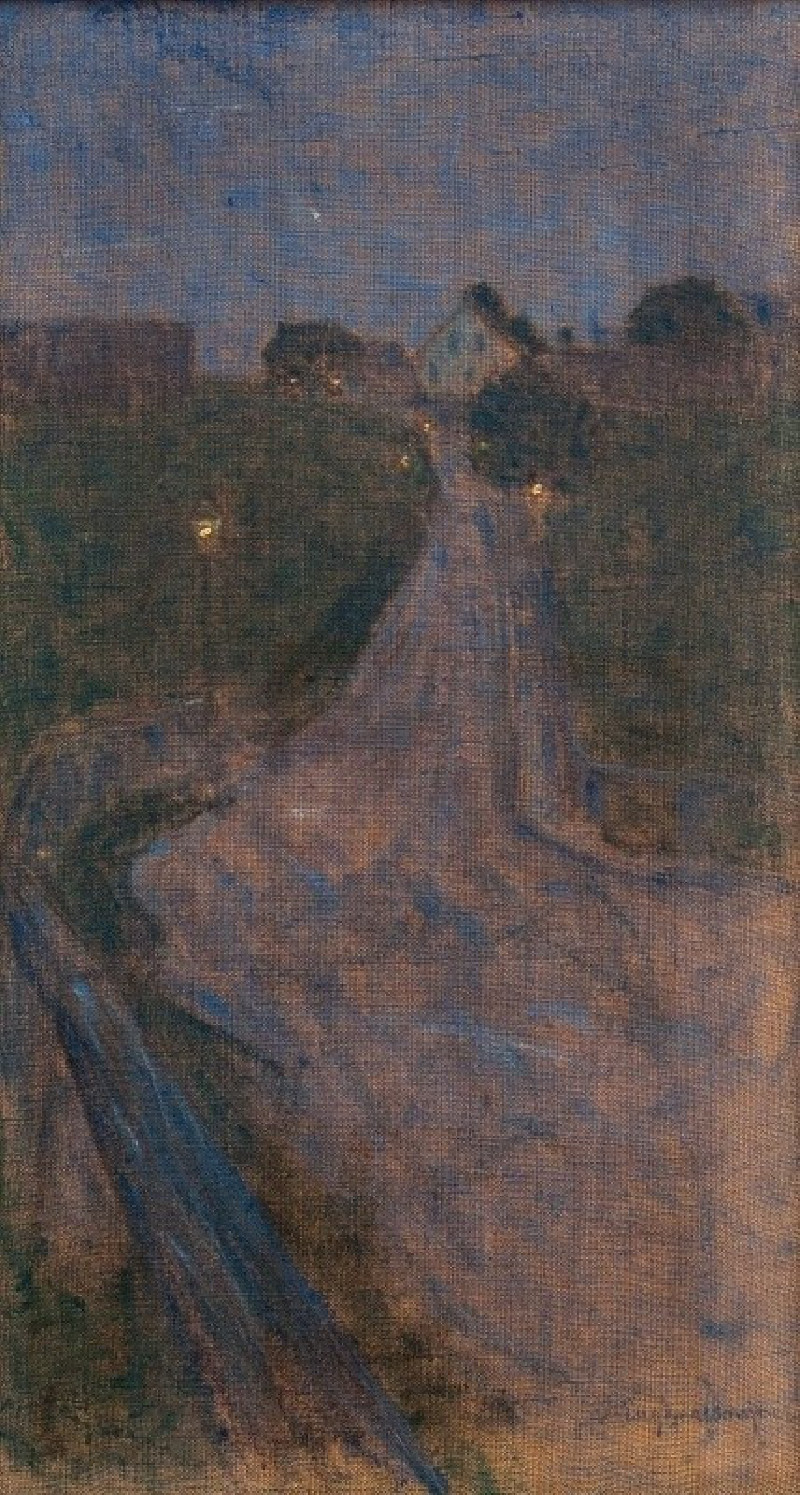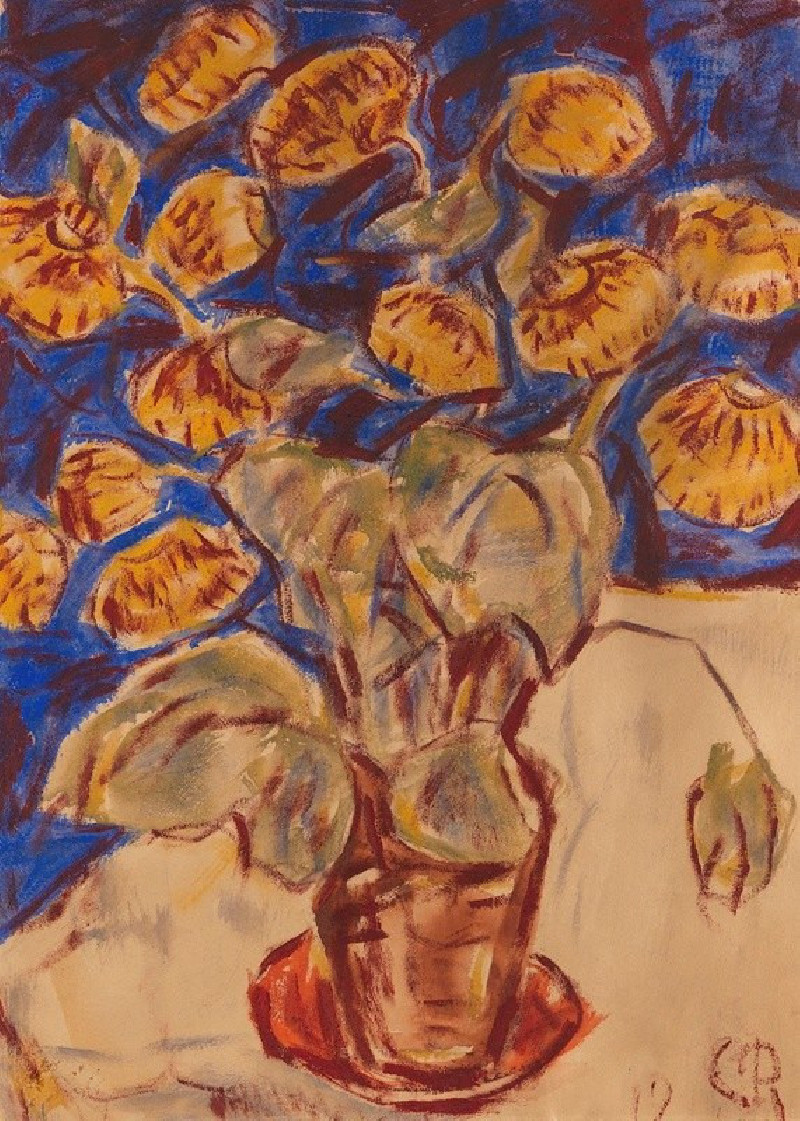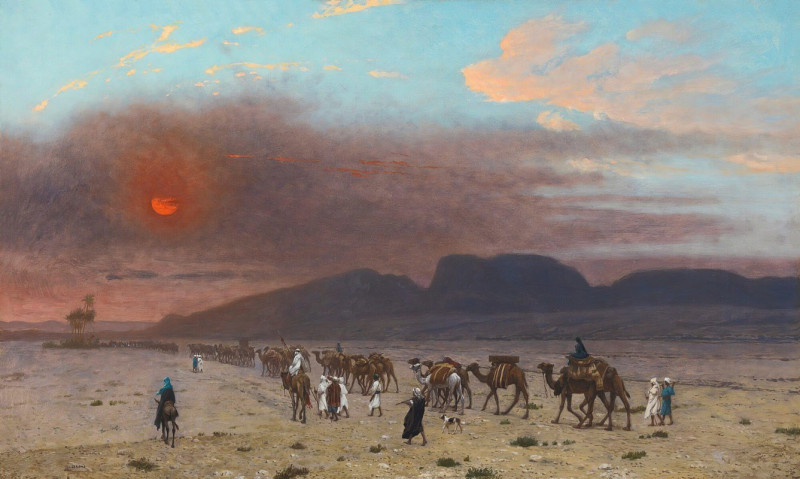The Luxor, Paris, December 1833 (1833)
Technique: Giclée quality print
Recommended by our customers
More about this artwork
Artist: William CallowCaptured masterfully by William Callow in December 1833, "The Luxor, Paris" is a striking watercolor painting that reflects the bustling activity of the Seine River during the early 19th century. The artwork showcases a large ship adorned with multiple flags, hinting at its significance or perhaps celebratory purpose during its time moored in Paris. The presence of people both aboard the vessel and on the docks nearby lends a lively human element to the scene.The soft, diffuse use of watercolors enhances the misty atmosphere typical of a chilly December in Paris, subtly blending the sky and water while retaining enough detail to give depth and structure to the ship and the background architecture. The delicate interplay of light and shadow, alongside the fine representation of the ship's rigging and hull, exemplifies Callow's skilled hand and keen eye for detail.
Delivery
Returns
William Callow was an English landscape painter, engraver and watercolourist.
Callow was born in 1812. July 28 in Greenwich. He studied with the artist Copley Fielding, where he learned the technique of en plein air sketching. He studied under Theodore and Thales Fielding, where he learned to color prints and make aquatints, and from 1825 to 1827 was taught to paint in watercolor.

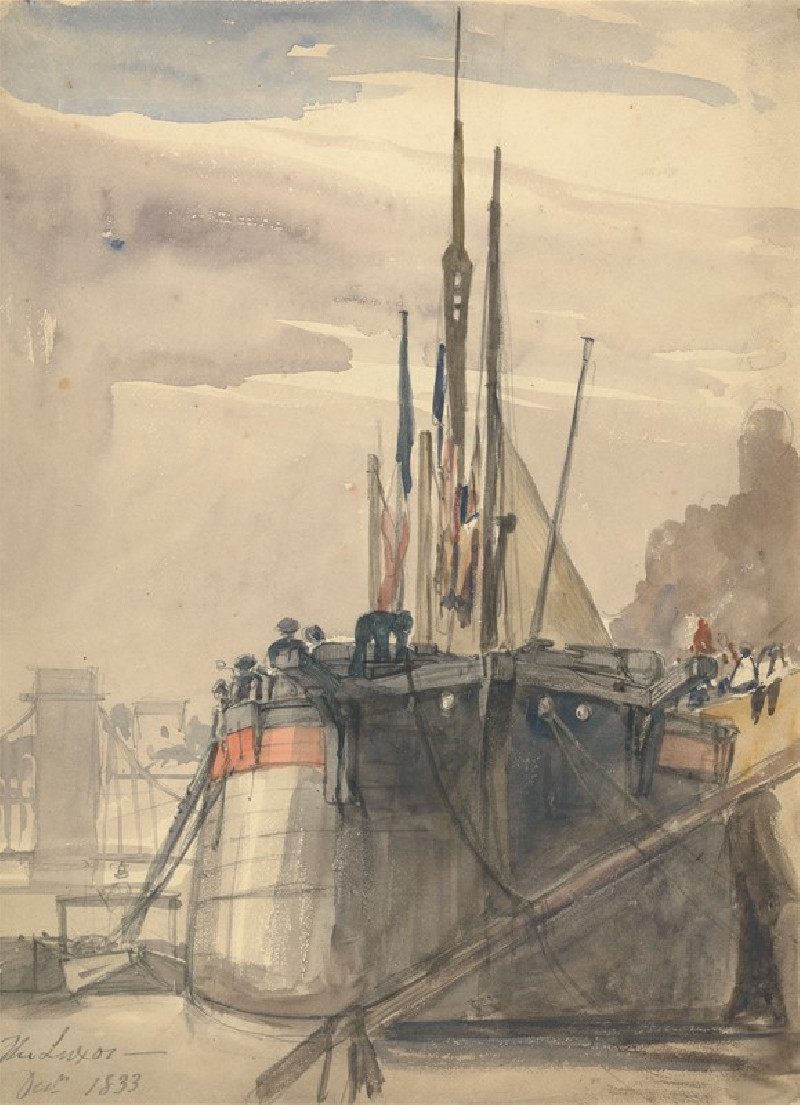

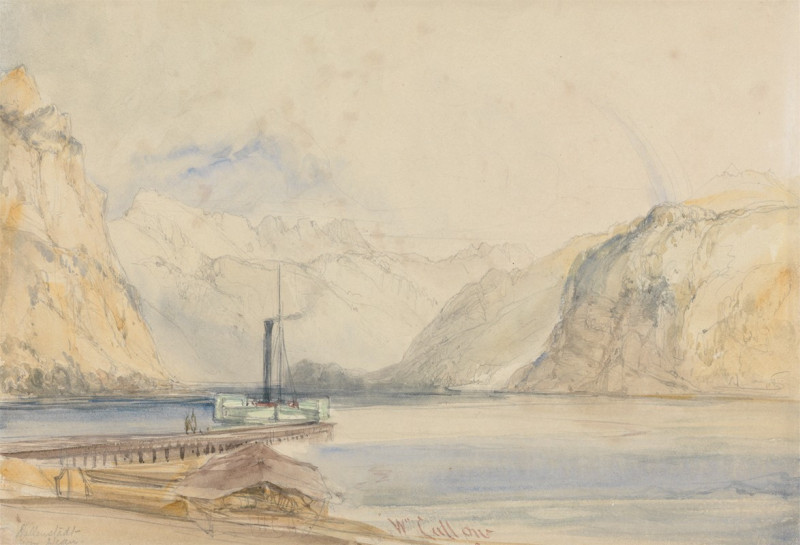
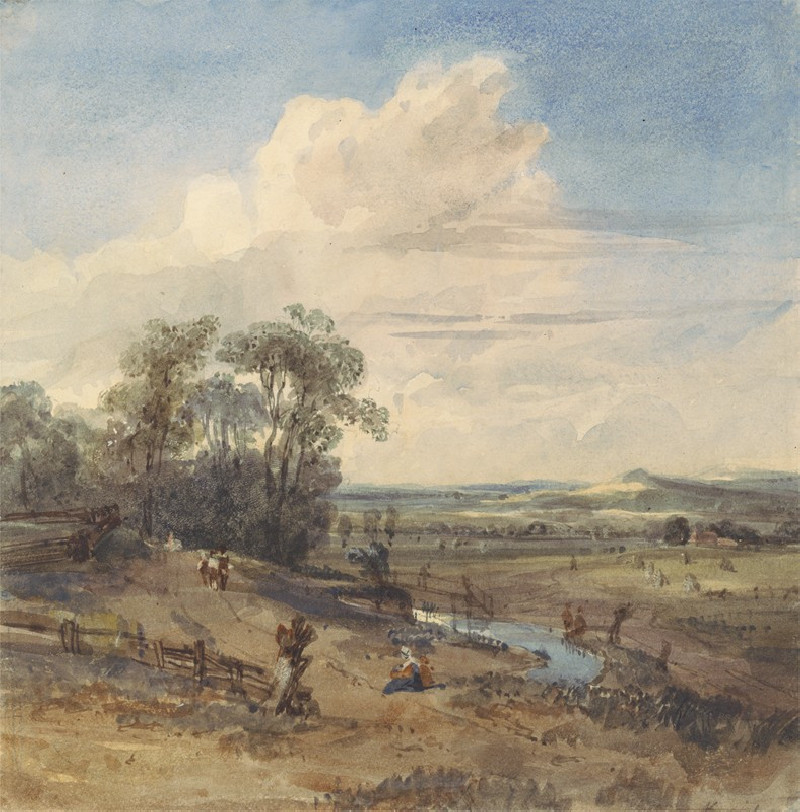
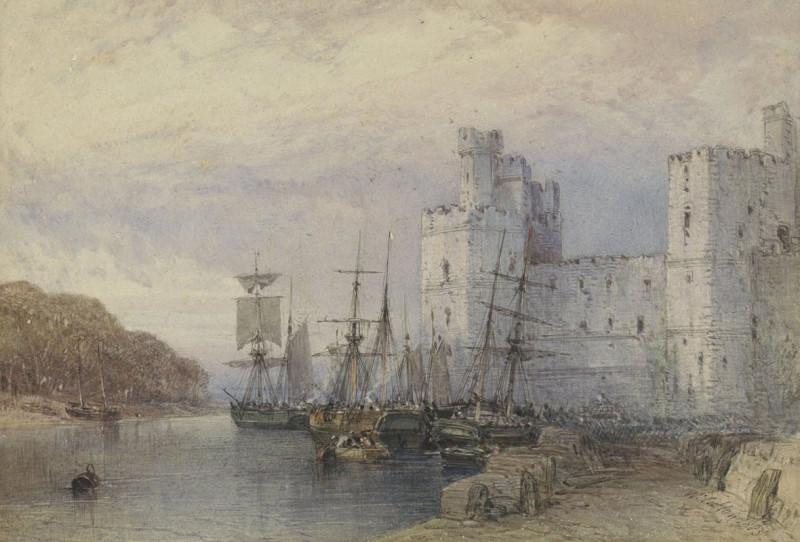

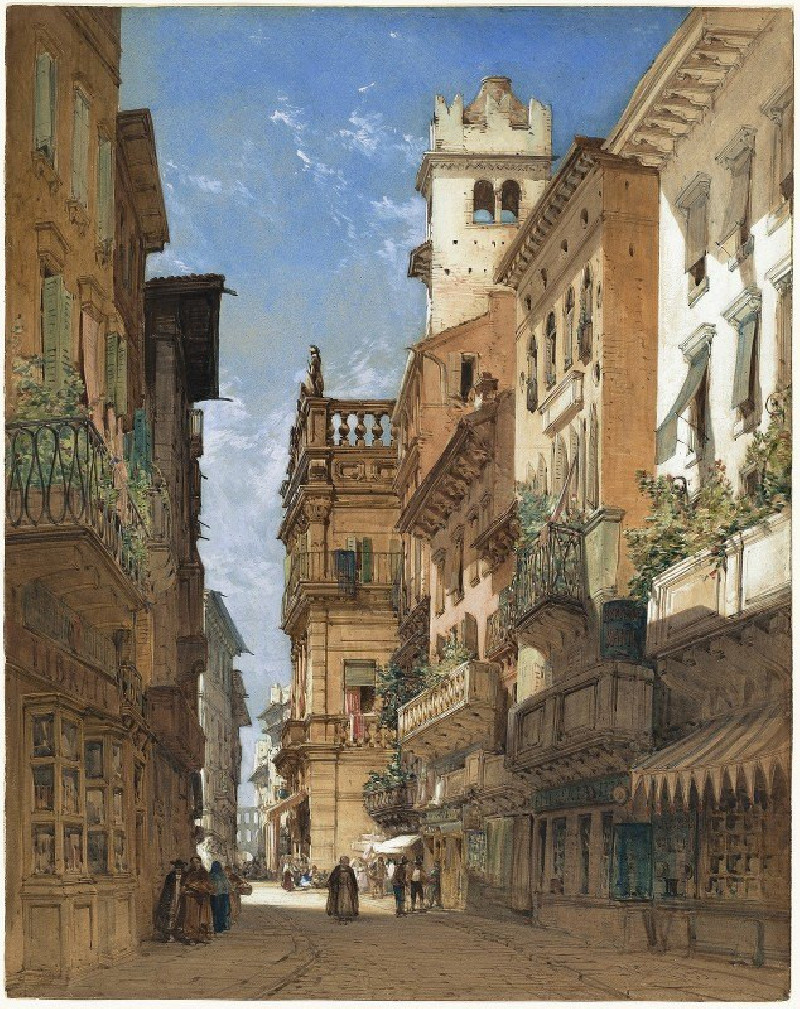

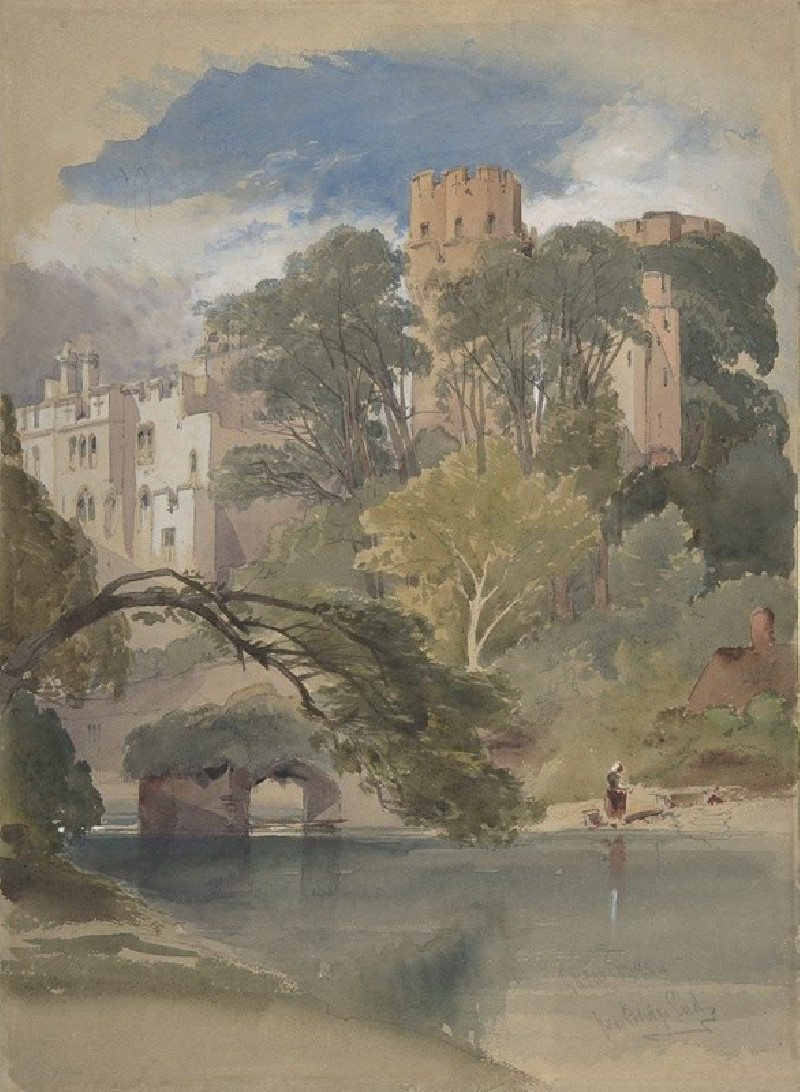
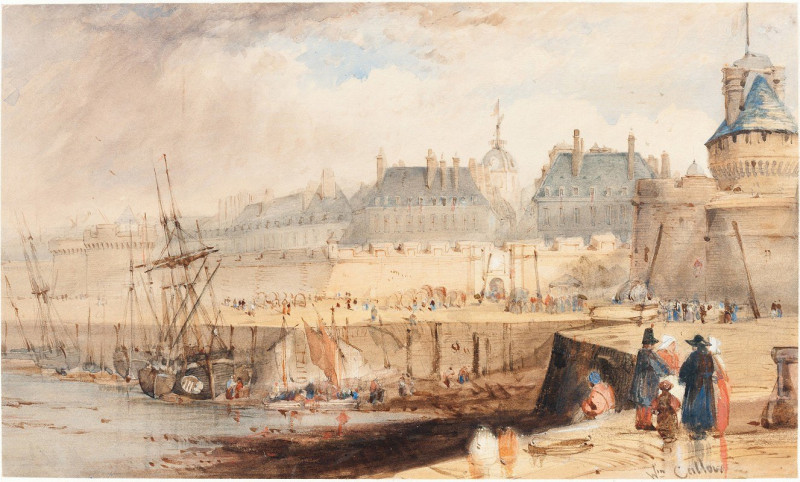
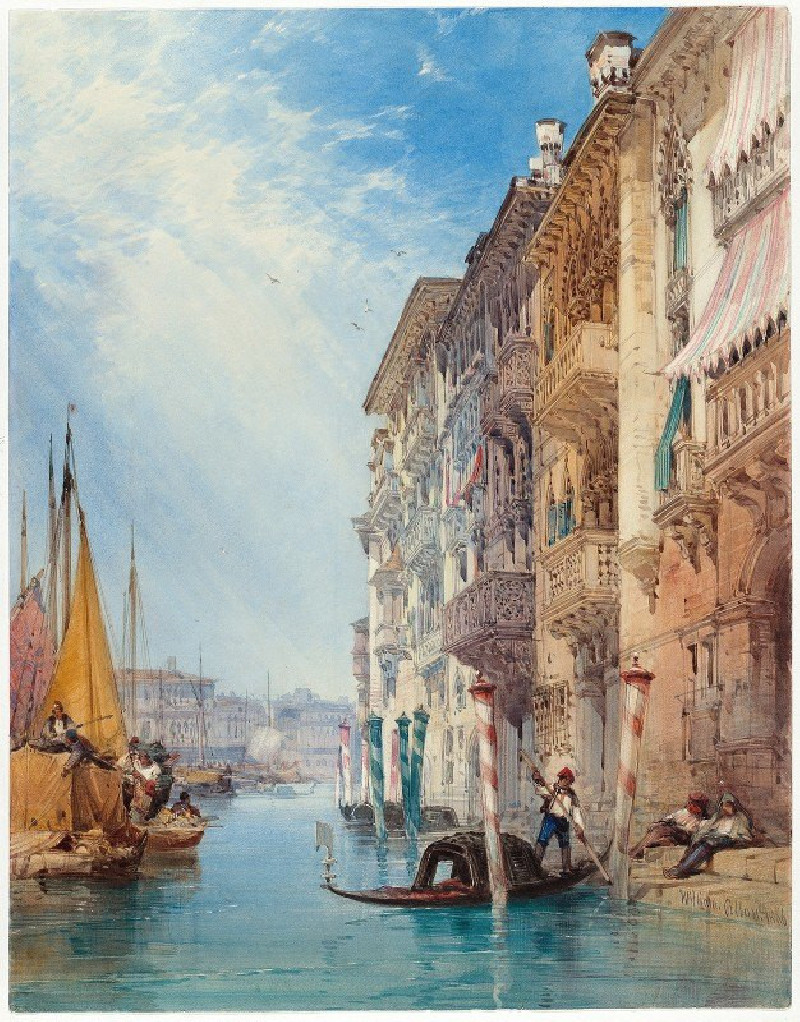
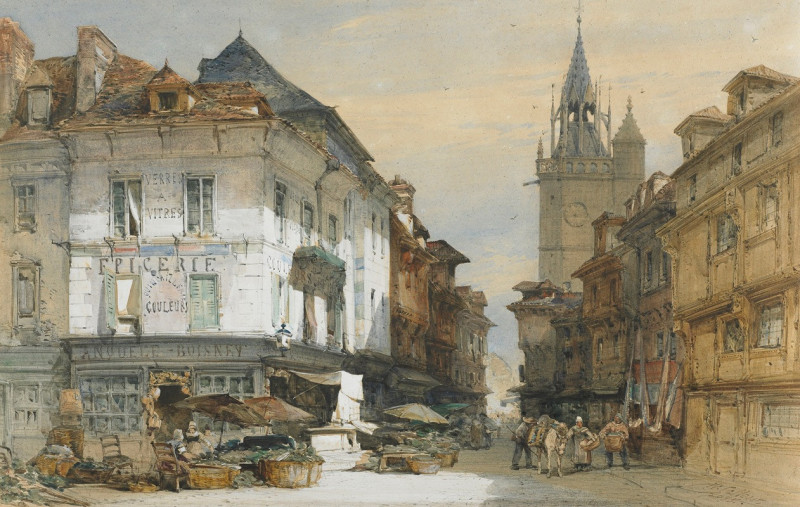
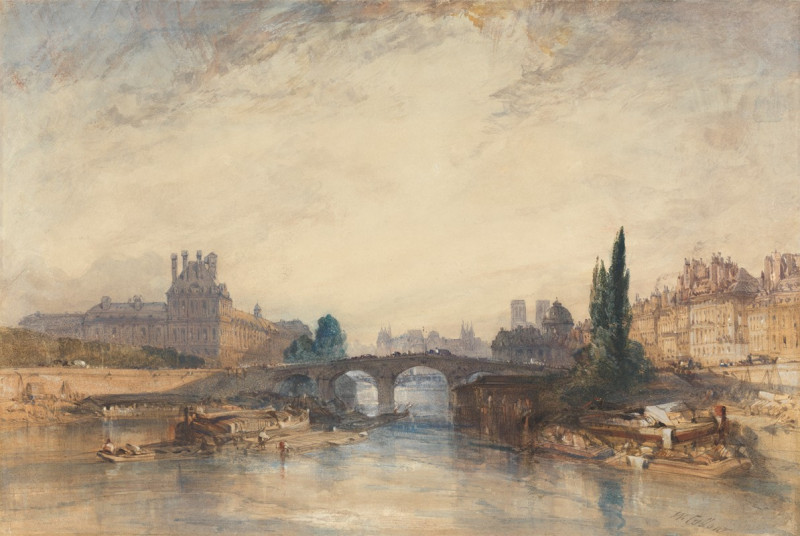
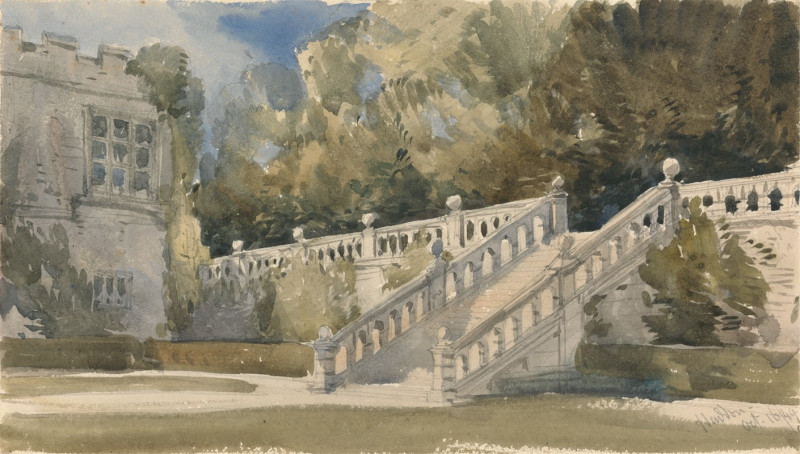
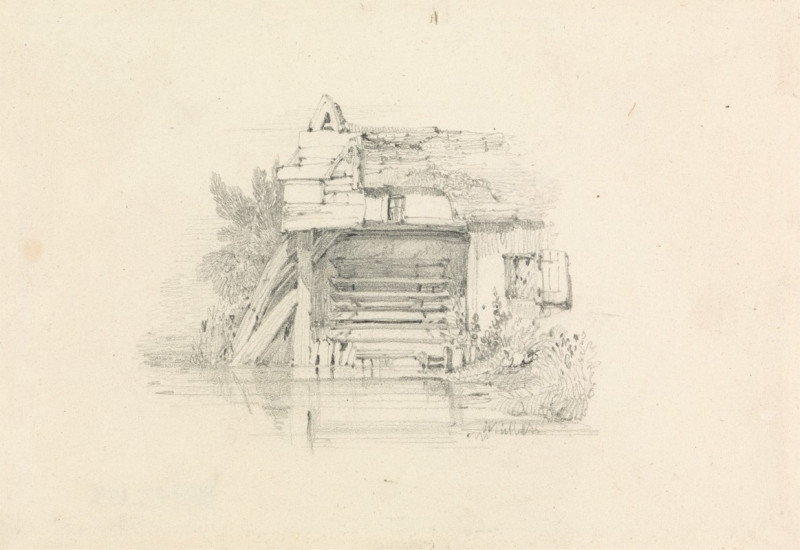
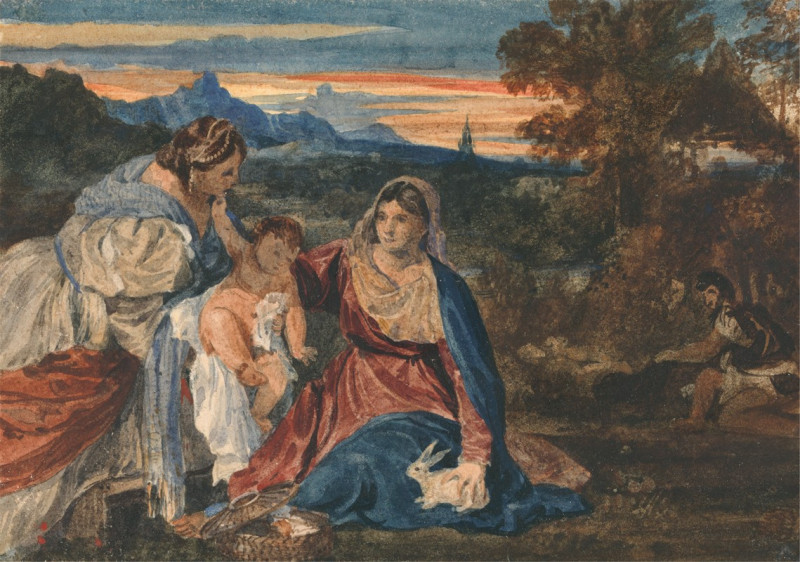

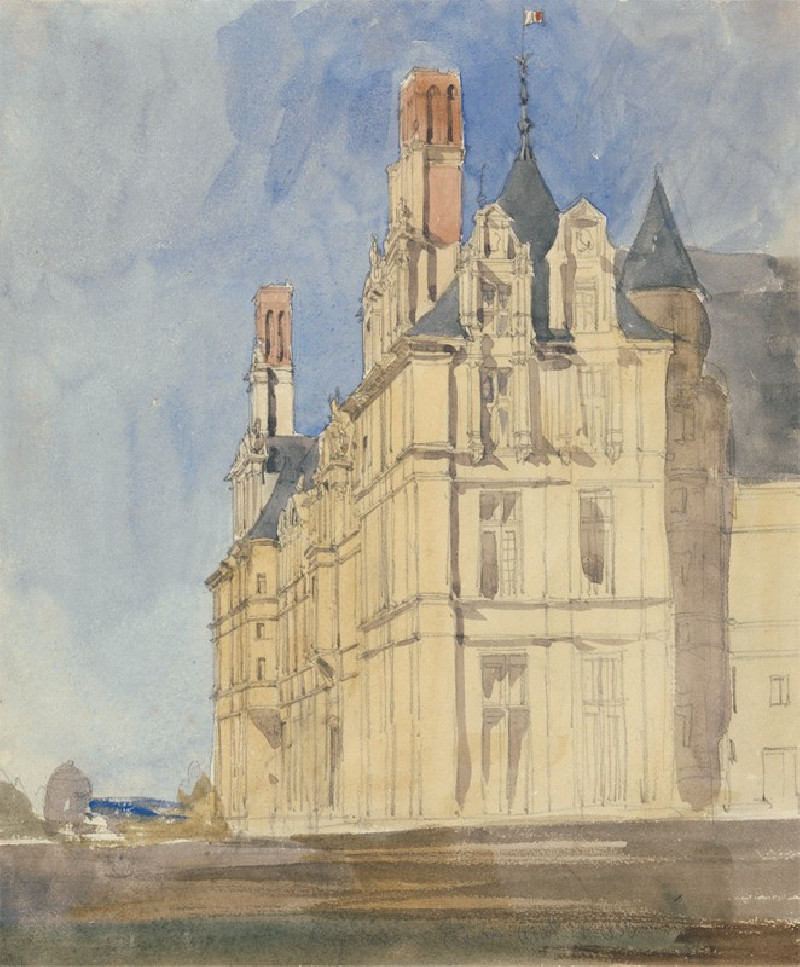
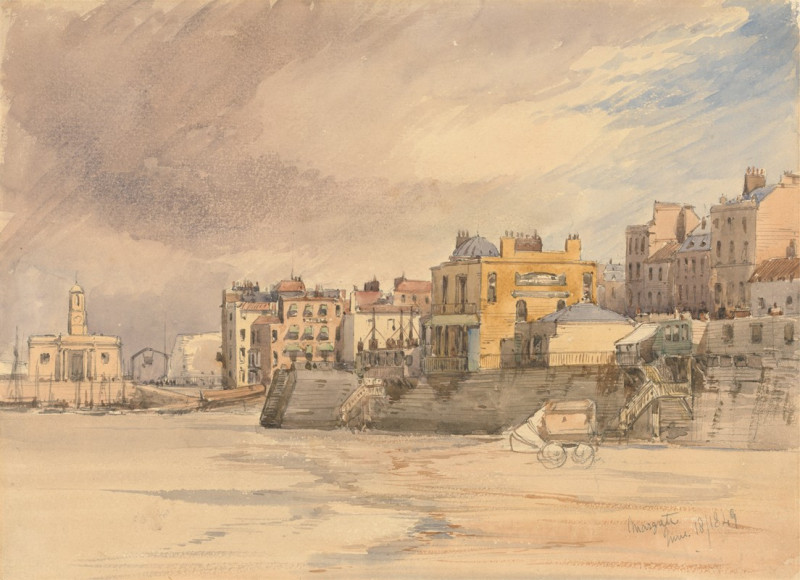
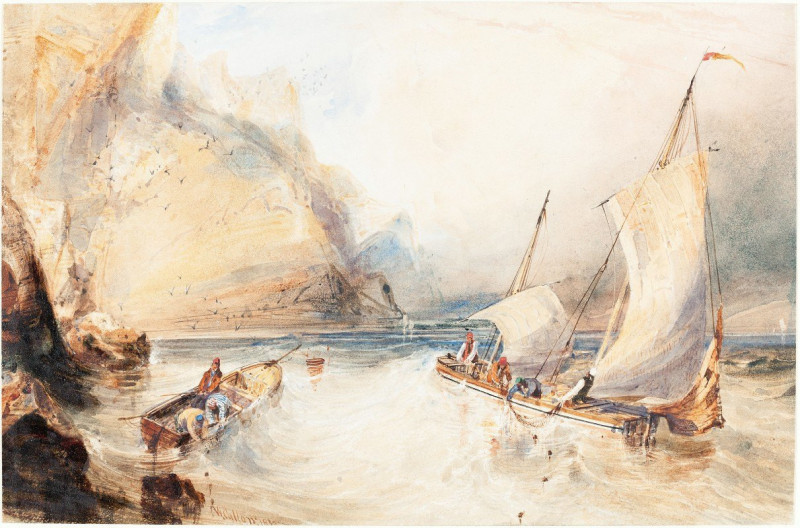

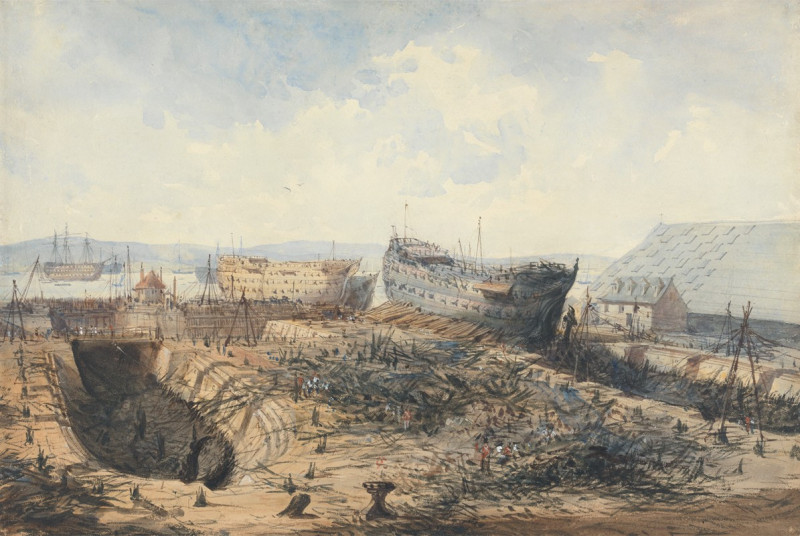
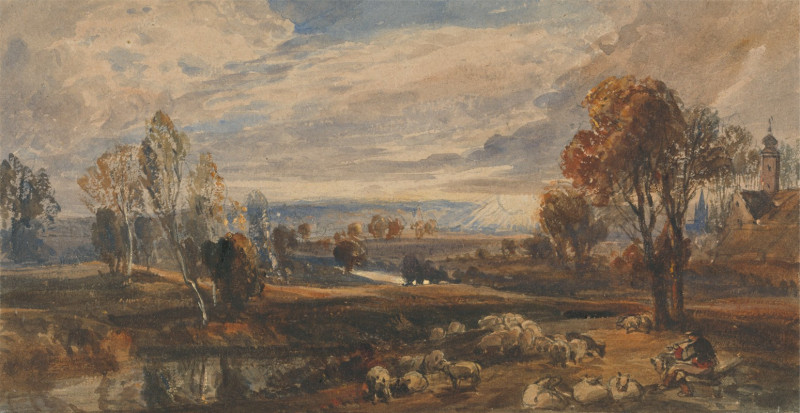
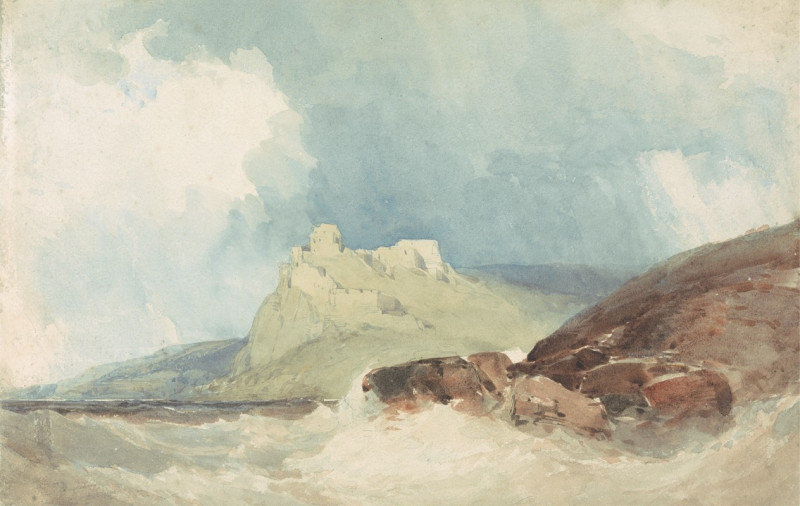

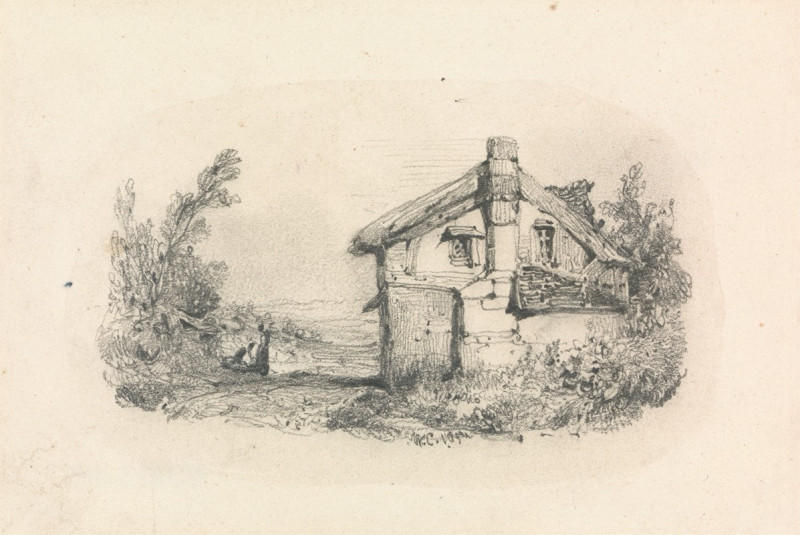

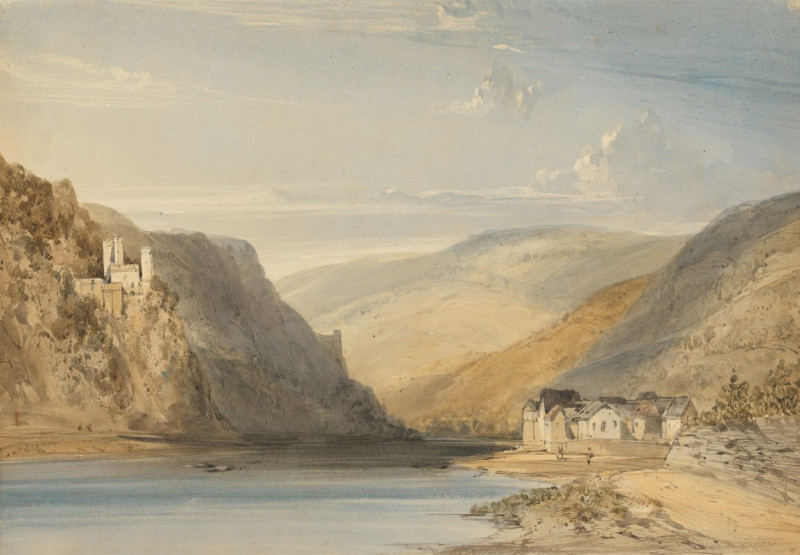
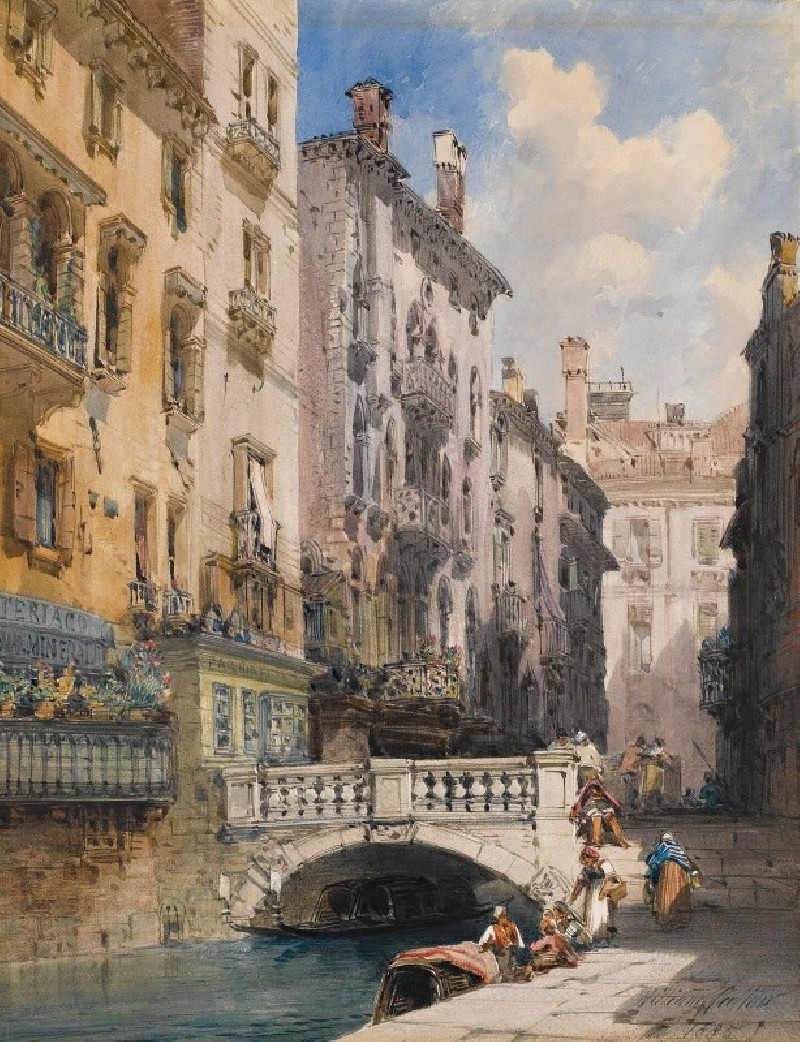
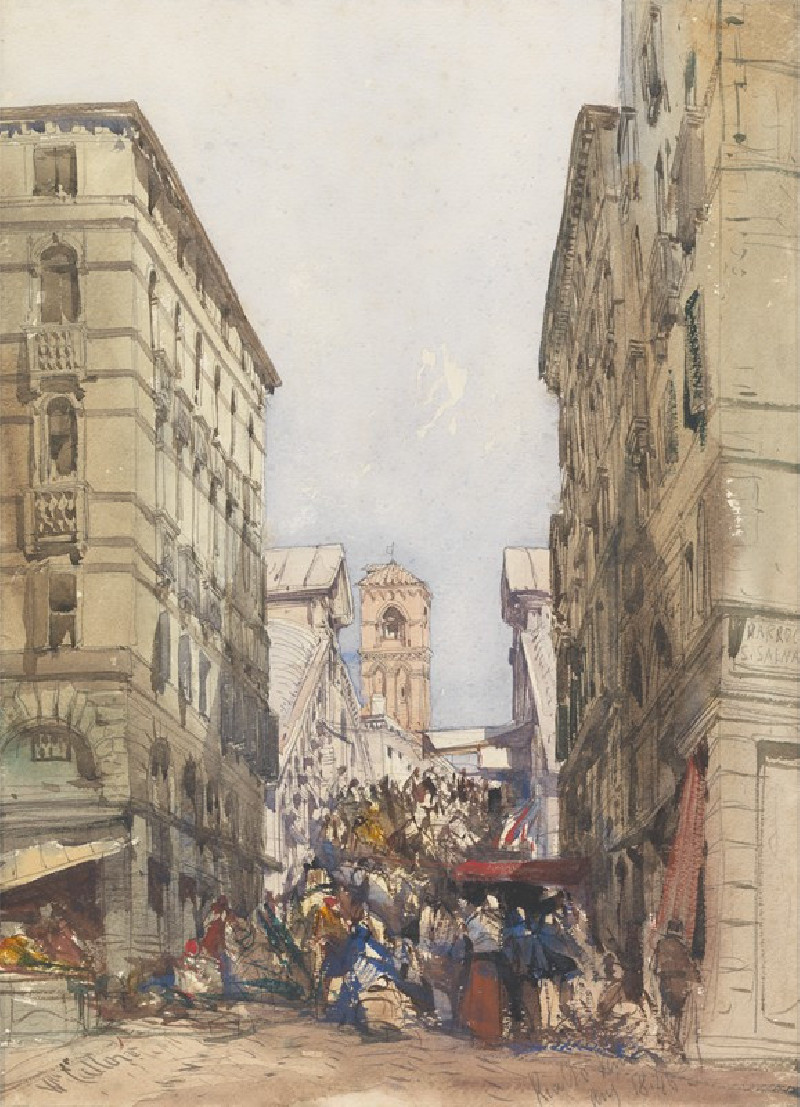
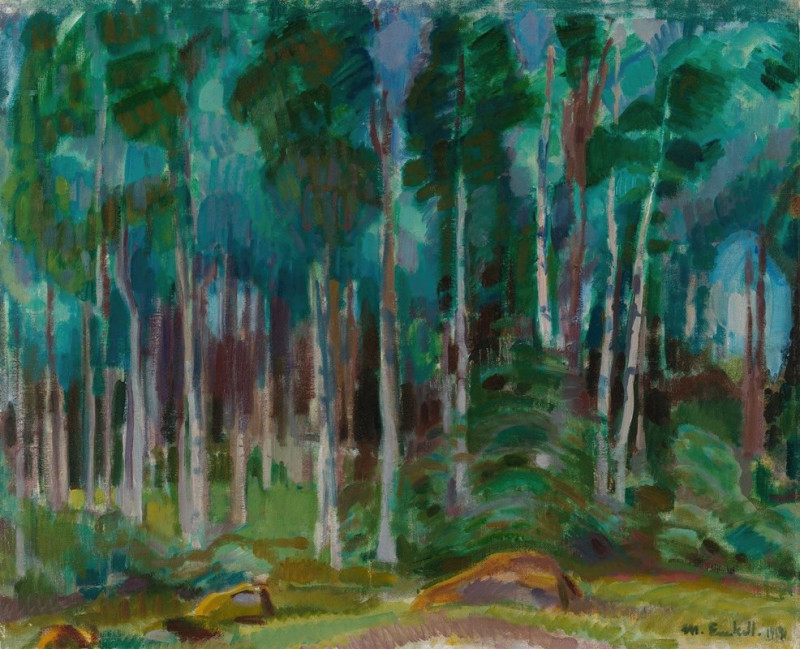
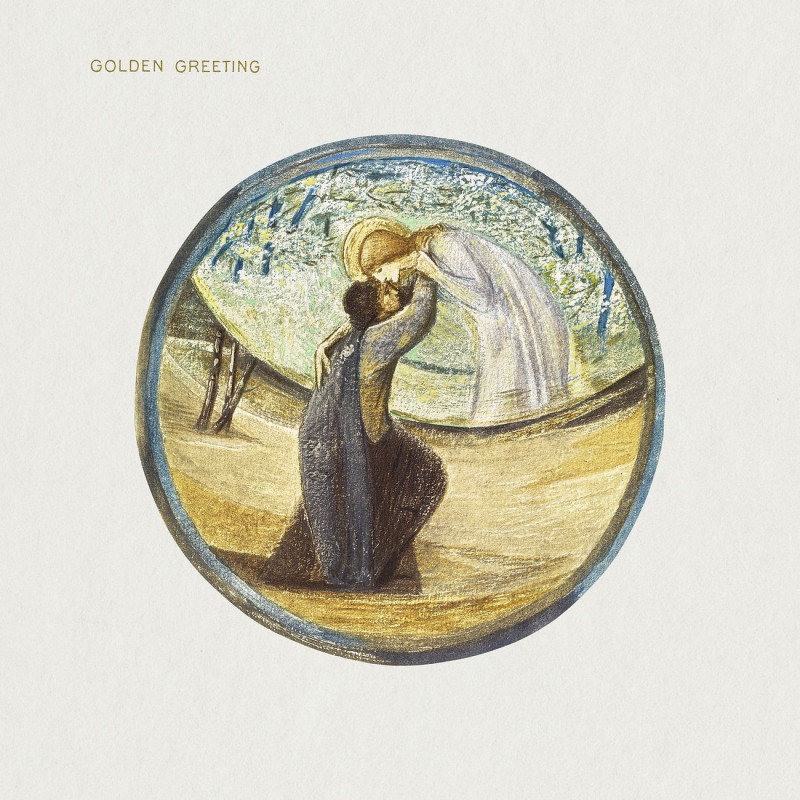
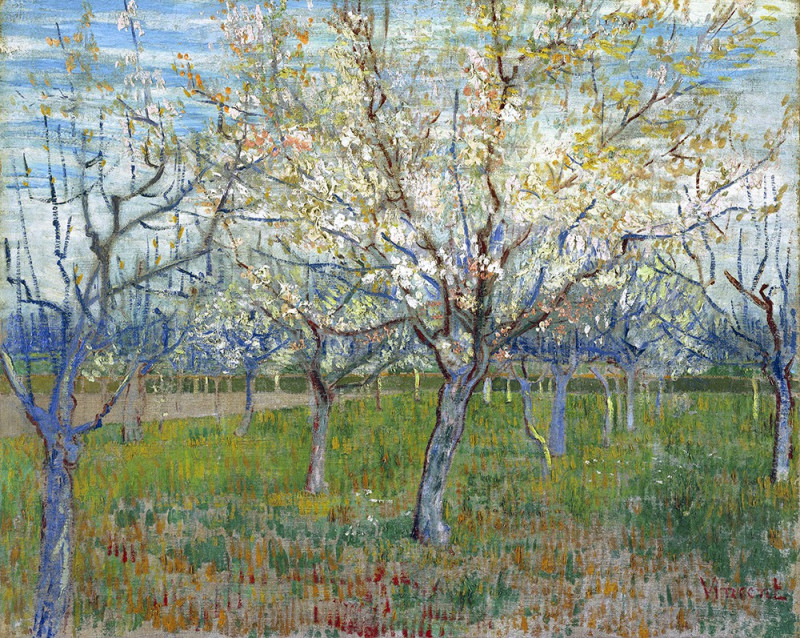

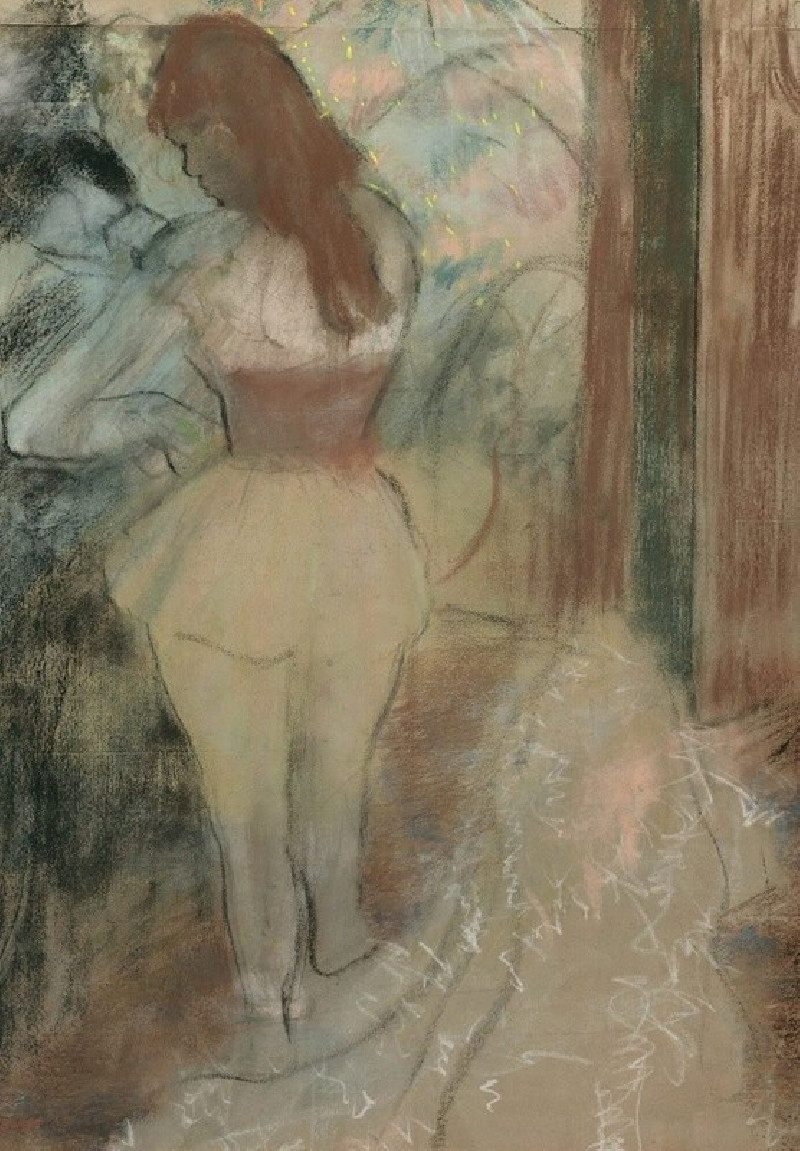
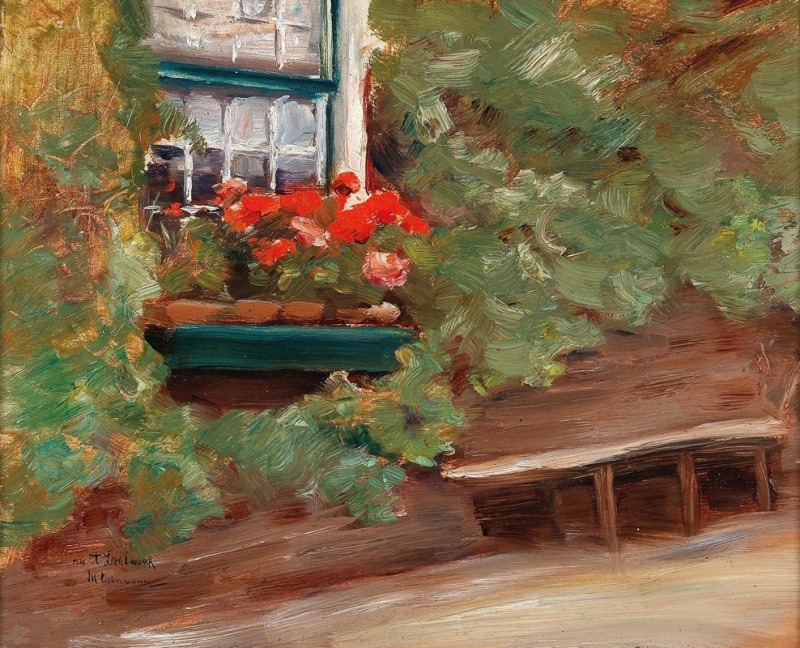
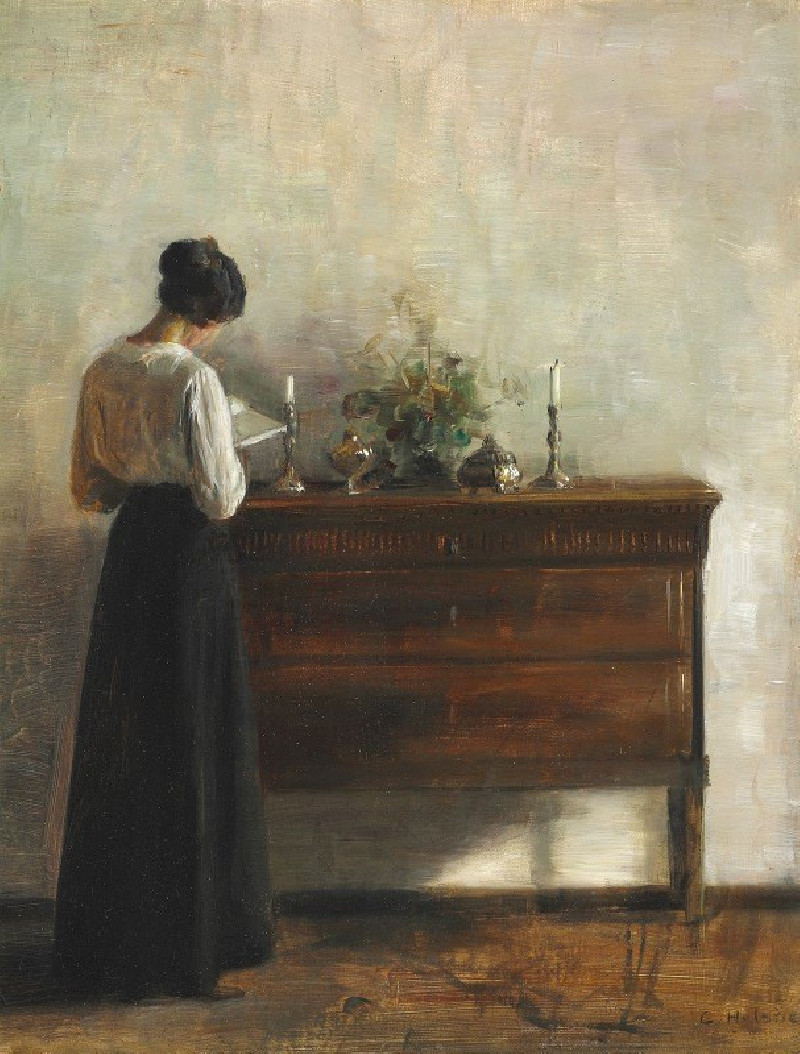
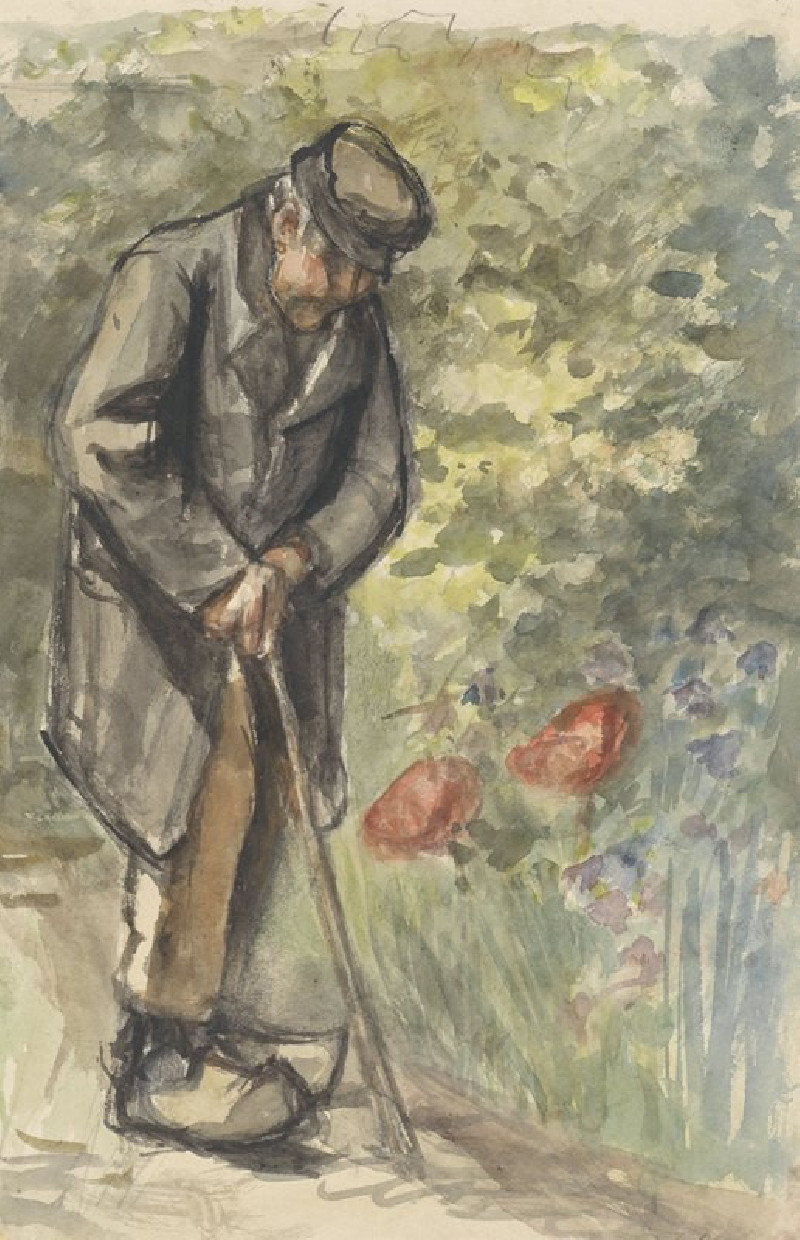
![Karnac [Karnak]. Nov. 27, 1838. (1846-1849) reproduction of painting by David Roberts. ALL GICLEE PRINTS](https://reprodukcijos.lt/39218-large_default/reproduction-of-karnac-karnak-nov-27-1838-1846-1849.jpg)
